9 Zelda NES Facts, trivia and random info
Today it’s “the legend of Zelda and it’s really rad, those creatures from gannon are pretty bad”, so we better not muck around and delve straight into the dungeon and find out what’s happening in Hyrule as we take a closer look at some facts, trivia and Easter eggs from the original Legend of Zelda from the NES!
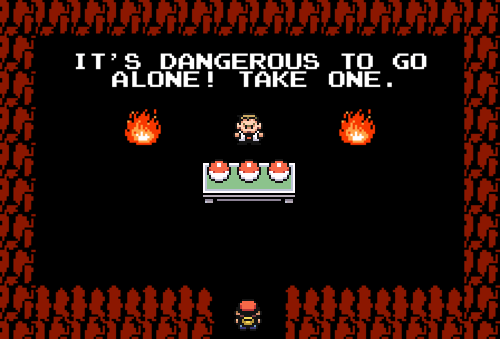
Number 9
Easing into this list I thought we would start with a couple of Easter Eggs. If you start the game and name yourself as “Zelda” you can start the second quest right away! This unlocks a slightly different version of the game where dungeons are re-arranged, usually feature multiple bosses and their locations on the map can even be different.
You can also save yourself a key in the first dungeon! Once you enter the “Eagle” as it’s known, head back out and then head on in again. Now the locked door at the top of the room is open and you can keep the key to the right spare.
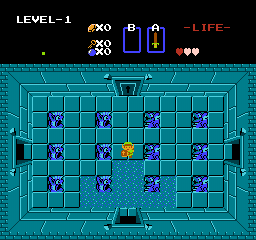
Number 8
If you were relying on the English game manual to learn how to beat the boss Digdogger you were in for a bad time. The manual incorrectly states that Digdogger “shrivels up when attacked” when in fact attacking it will do nothing without playing your recorder first. The Japanese manual is a little bit more helpful on the subject, informing you that “shockwaves will cause it’s body to shrivel up”, I guess that means Link must play some serious recorder if he is sending out shockwaves from it!
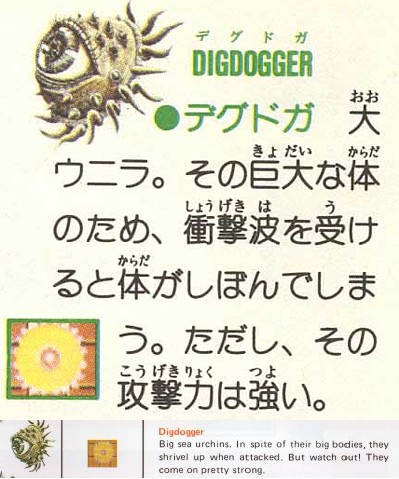
A fun little Mario crossover with the recorder too! The sound played when you use the recorder/whistle in the Legend of Zelda is the same sound the warp whistle makes in Super Mario bros 3!
Number 7
A quick one here at number 7, In earlier versions of the Legend of Zelda, instead of just receiving the wooden sword, the old man in the cave right at the start of the game would give you the choice between the boomerang or the wooden sword.
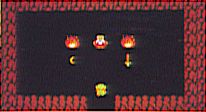
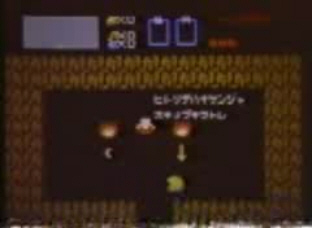
Number 6
Although you might not know it from playing the game, each of the levels from the Legend of Zelda feature names based on the shape of their dungeons. You need a little bit of imagination for most of them such as Level 7, known as the demon, or level 8 as the lion, but the level 2 “moon” is pretty self-explanatory and I can just about see the Eagle for level 1 if I squint hard enough.
Some of you might already be familiar with the seemingly sinister level 3 map known as “Manji”.
At first glance it’s easy to suspect this as a left facing swastika but as the level name suggests, it is actually the sacred Buddhist Symbol of good fortune!
Number 5
The sprite used for rupees in this game was directly ripped from the 1984 puzzle game Clu Clu land which used the same sprite for gold ingots. For those of you that don’t know, Clu Clu Land was also a NES launch title. The name of the game however is a Romanization of “Kuru Kuru” which is actually the Japanese onomatopoeia for something going “around and around”.
![]()
Number 4
During the development of the Legend of Zelda, Shigeru Miyamoto was inspired by a game for the Atari 2600 called Adventure, which was one of the first graphic based adventure games in town. At one point the Legend of Zelda was even simply called “Adventure” which would have been pretty confusing if they had have stuck with the name.
The principal inspiration for the Legend of Zelda series actually comes from Shigeru’s explorations as a young boy. When he was a child he would venture into forests and even caves with the aid of a lantern. This sense of childhood adventure and mystery strongly influenced the game design. Miyamoto has even referred to the creation of the Zelda series as an attempt to bring to life a “miniature garden that they(gamers) can put inside their drawer.” Pretty magical stuff!
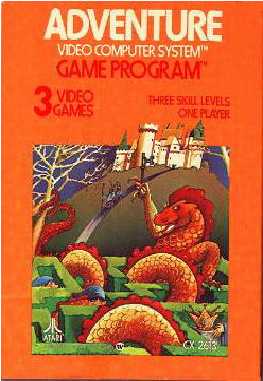
Number 3
If you read the instruction manual closely you will find that it suggests the enemy Pols Voice hates loud noises. This lead to many players grabbing their recorder and blasting tunes in an effort to take advantage of this weakness. Unfortunately playing the recorder against these ghost mice type things doesn’t do anything at all because this hint in the manual is still left over from the Japanese Famicon version of the game.
The Japanese version took advantage of the built in microphone of the Famicon’s second controller as a fun way to get rid of these buggers. Simply make some noise into the microphone and watch them all bite the dust.
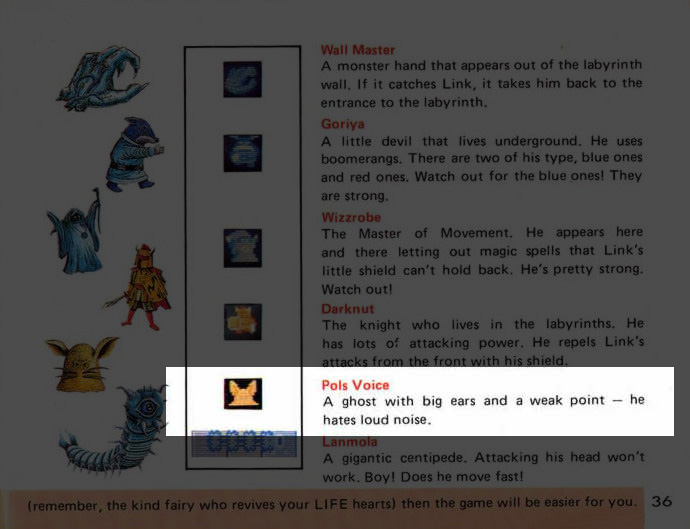
Number 2
During an interview with French video game blog Gamekult, Mr. Miyamoto stated that at the starting point of Zelda’s development the pieces of the Triforce were planned to be electronic chips. The idea was to have the game set both in the past and the future where the hero character would act as a link between the tenses. This is why our hero is named Link!
Interestingly The Legend of Zelda was the first ever home console game that had it’s own battery on board so you could save your progress, so I guess since they changed the chip in game they thought they should add some more to the cartridge to make up for it.
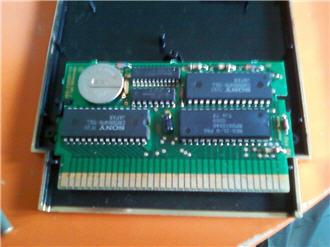
Number 1
The legend of Zelda almost didn’t make an appearance on the American Market. Former Nintendo of America president Minoru Arakawa initially thought that Americans might not have enough patience for the game.
The Ultimate History of Video Games by Steven Kent goes into this further, revealing that Nintendo even tested the prototype on their employees before committing to a US release. Still containing non English text, Japanese-speaking employees had to sit alongside the American employees to translate any Kanji that appeared in the game.
With it’s compelling game play and token Miyamoto puzzles naturally the game tested well, but there seemed to be a troubling trend. According to the Ultimate History of Video games, Arakawa noticed that some people needed as many as 10 hours of game play before they understood what was going on and began to enjoy it. I’m not sure how accurate these findings or concerns were though as the game went on to sell 6.5 million copies worldwide, was a best seller for Nintendo and is often considered as one of the most influential video games of all time.
Don’t forget to subscribe to Mario Mayhem on YouTube too!


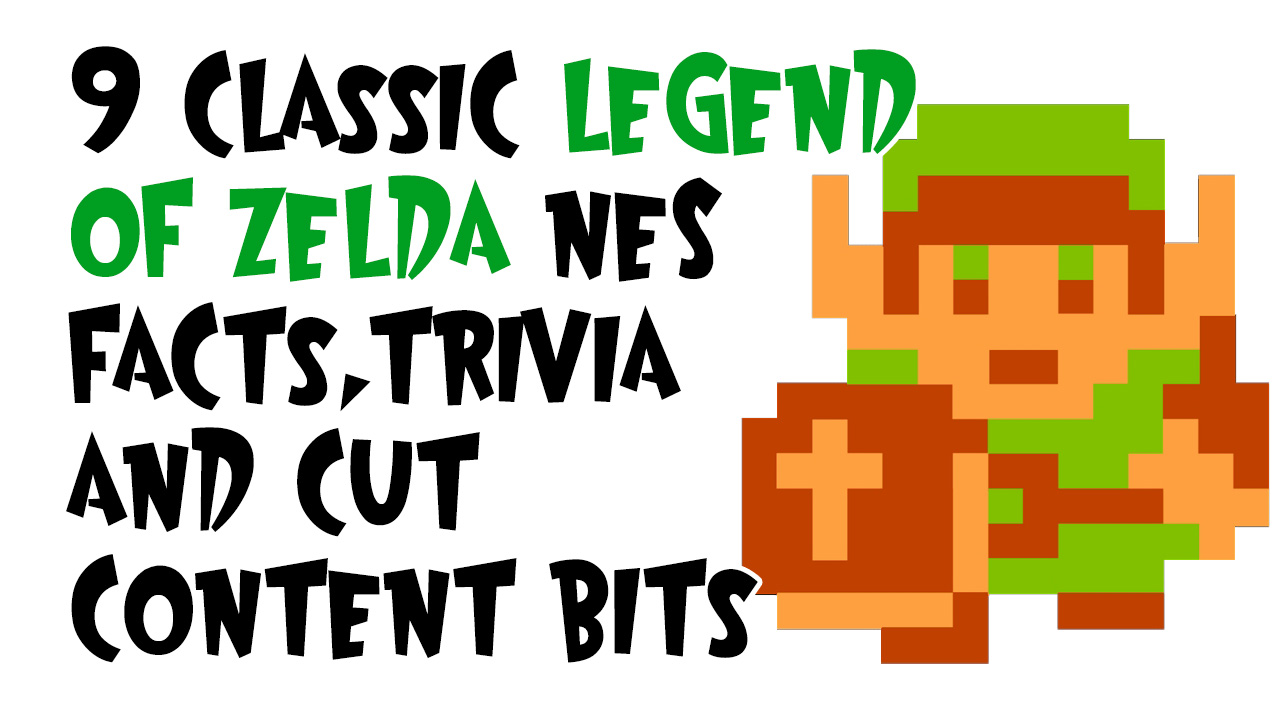
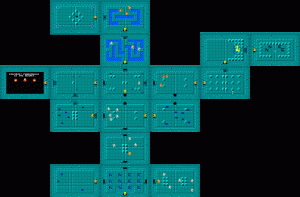
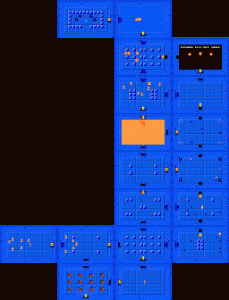
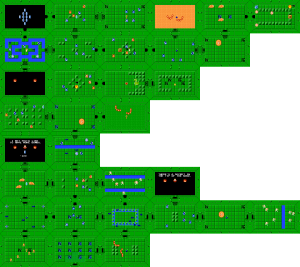
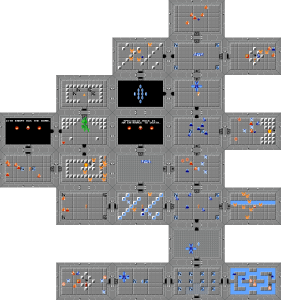
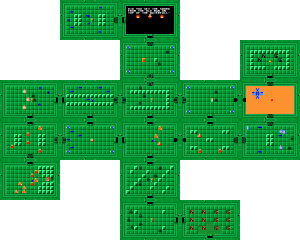
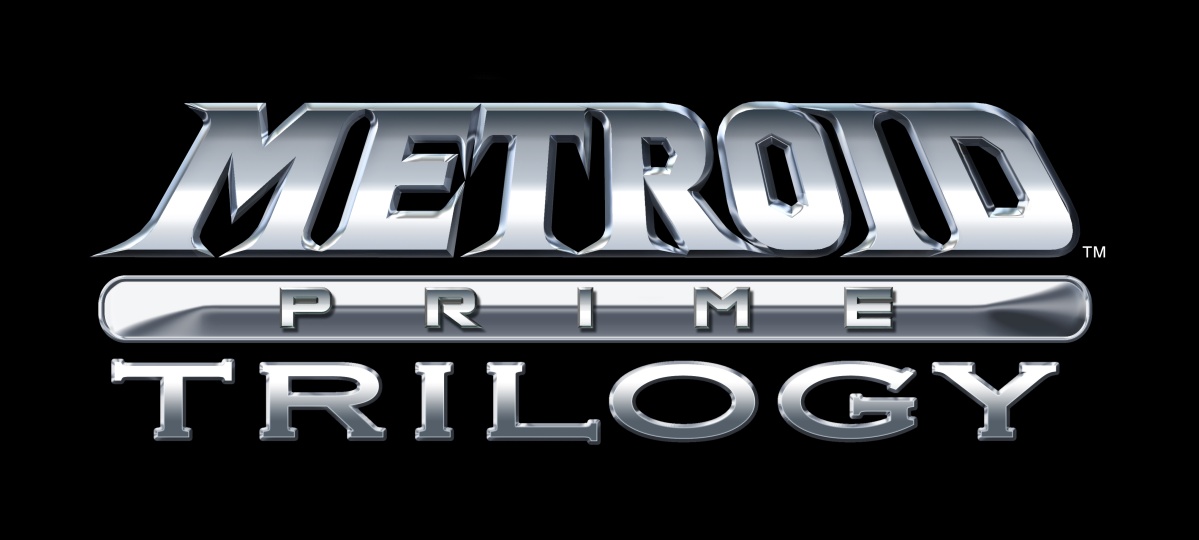
 Main Mario Mayhem Website
Main Mario Mayhem Website Main Mario Mayhem Website
Main Mario Mayhem Website
Leave a Comment